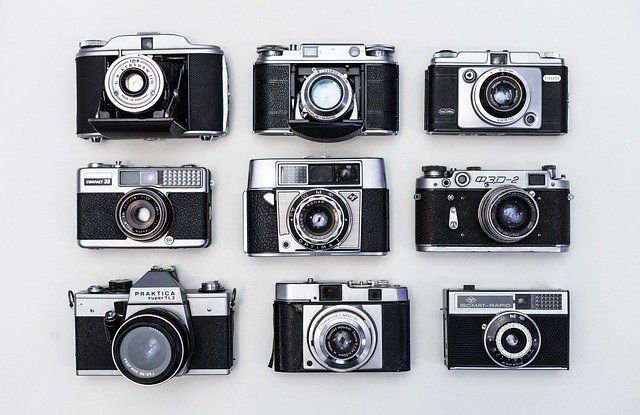As we navigate a world increasingly impacted by climate change, the importance of a sustainable collection has never been more paramount. Embracing sustainable development isn’t just a trend—it’s an imperative that connects people with the environment. When we think about our individual and collective ecological footprint, we realize how small actions can lead to significant change.
Building a sustainable collection starts with understanding the materials we choose. Opting for recyclable, biodegradable, or renewable resources can dramatically reduce our environmental impact. Green technologies play a pivotal role in this process. From energy-efficient manufacturing practices to innovations in recycling methods, these technologies help minimize waste and lower emissions. By incorporating these advancements, businesses and individuals alike can work towards a carbon-neutral future.
Consider the various stages of creating a sustainable collection. First, assess the life cycle of products. Are the materials sourced sustainably? Can they be recycled or composted at the end of their life? By addressing these questions, you contribute to a reduction in the overall ecological footprint associated with production and consumption.
Moreover, collaborations with eco-conscious brands can elevate a sustainable collection. Partnering with companies that prioritize sustainability ensures that your initiatives resonate with like-minded consumers. Not only does this promote a stronger community ethos, but it also fosters an environment where green technologies can flourish through shared knowledge and resources.
Incorporating renewable energy into your production processes is also vital. Solar, wind, and hydroelectric power can drastically decrease carbon emissions associated with traditional energy sources. By choosing to power operations with renewables, you reflect a commitment to sustainability that resonates with environmentally aware consumers.
In addition to product design, consider integrating educational components into your sustainable collection. Sharing the story behind your eco-friendly choices can foster a deeper connection between consumers and their purchases. Hosting workshops, providing resources on recycling, or even blogging about the sustainable journey can help raise awareness and inspire others to join the movement towards carbon neutrality.
Moreover, the packaging of your sustainable collection should not be overlooked. Utilizing recycled or minimal packaging materials can enhance your commitment to environmental consciousness. Innovative solutions such as compostable packaging or reusable containers not only reduce waste but also engage consumers in the sustainability dialogue.
Ultimately, creating a sustainable collection is a journey that requires dedication, innovation, and collaboration. As we work towards understanding and mitigating our ecological footprint, we can cultivate a lifestyle that honors the planet and future generations. Let’s harness the power of green technologies and shift towards a more carbon-neutral world, making conscious choices that lead to meaningful change.




